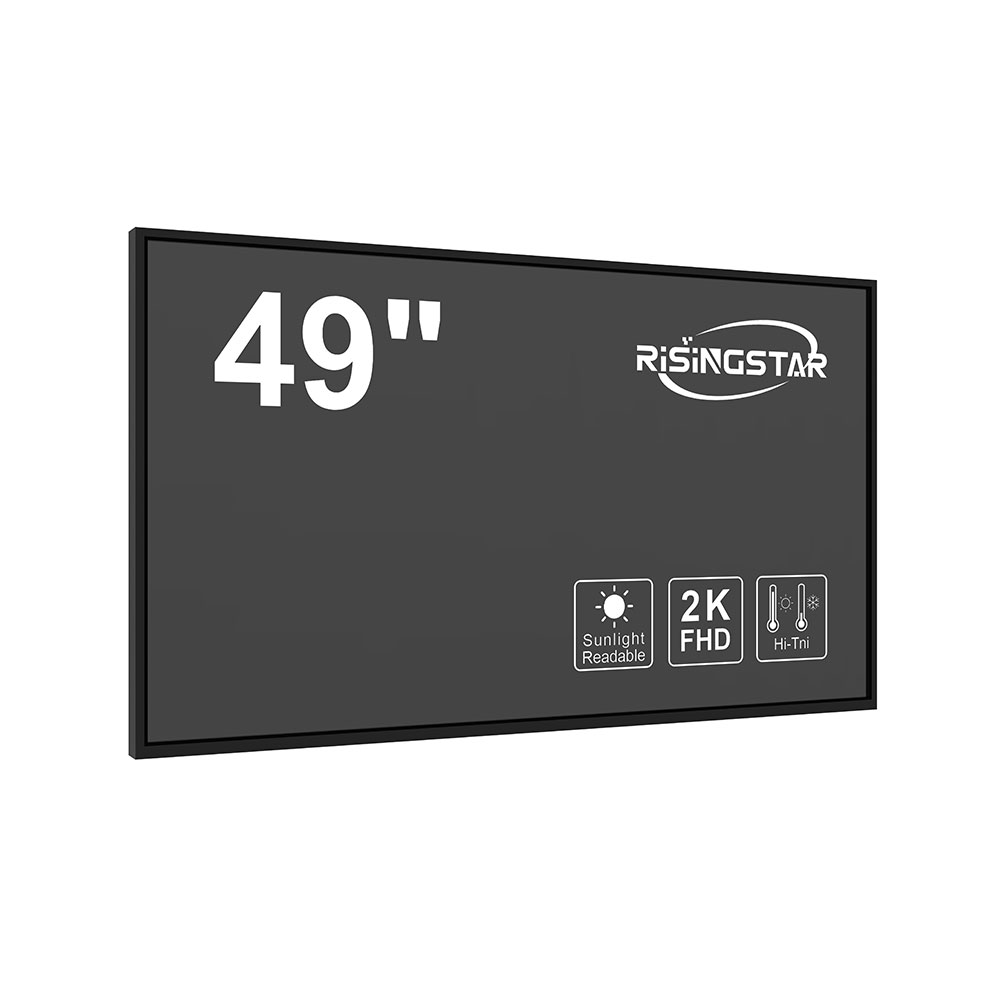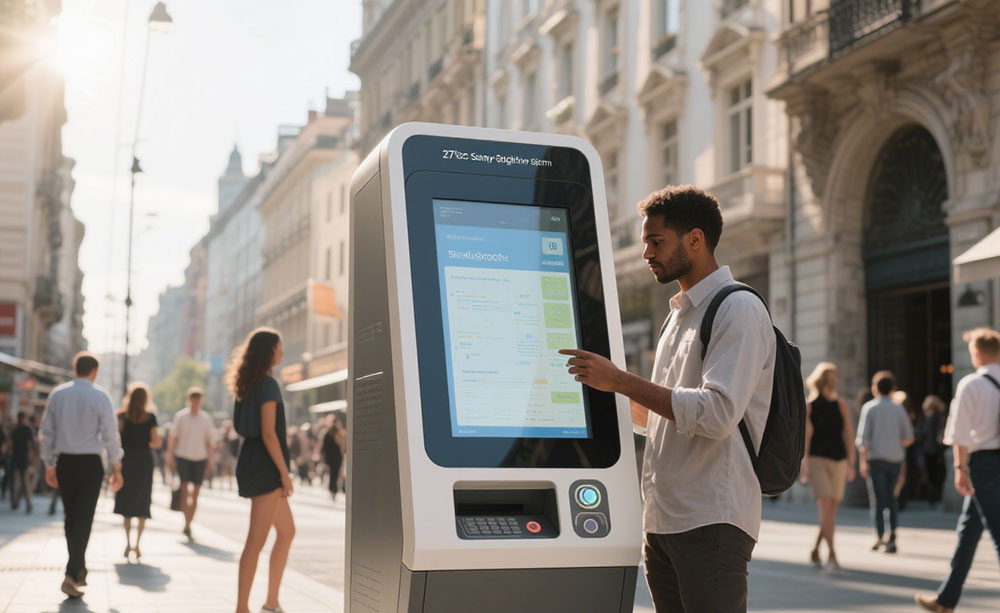야외 LCD 스크린은 공공 장소, 교통 허브, 소매 환경 및 산업 환경에서 디지털 사이 니지에 필수적입니다. 고온, 습도, UV 노출 및 물리적 진동과 같은 극한 기상 조건에서 안정적으로 작동 할 수있는 능력은 재료, 설계 표준 및 유지 보수 프로토콜에 대한 깊은 이해가 필요합니다.
옥외 LCD 스크린을 선택할 때, 먼지 및 물 손상을 방지하기 위해 IP65 이상의 진입 보호를 우선시하십시오. 밝기는 또 다른 중요한 요소입니다. 대부분의 실외 응용 프로그램에는 최소 5000 nits가 필요하며 프리미엄 모델은 직사광선 가시성을 위해 7000-10,000 nits에 도달합니다. 국제 전기 기술위원회 (IEC) 에 따르면 실외 디스플레이는 온도 사이클링, 습도 및 소금 스프레이 저항을 포함하여 환경 스트레스 테스트를 위해 IEC 60068-2-30 을 충족해야합니다.
실제 응용 프로그램은 공항 출발 보드 및 버스 정류장 정보 시스템에서 건설 현장 안전 모니터 및 광고 광고판에 이르기까지 다양합니다. 예를 들어, 런던의 TfL (Transport for London) 은 수동 냉각 및 밀봉 된 인클로저를 사용하여-30 ° C ~ 60 ° C 주변 온도를 견딜 수있는 3,000 개의 실외 LED-LCD 하이브리드 디스플레이를 배치했습니다.

장점은 실시간 데이터 업데이트, 에너지 효율적인 LED 백라이트 (이전 CCFL 모델보다 30% 적은 전력 소비) 및 수리 중 중단 시간을 줄이는 모듈 식 설계입니다. 그러나, 일반적인 문제는 부적절한 열 관리, 특히 더운 기후에서 발생하여 조기 백라이트 열화 또는 픽셀 고장으로 이어진다. SID (Society for Information Display) 의 2023 년 연구에 따르면 실외 화면 고장의 42% 가 구성 요소 결함이 아닌 열 발산 불량과 관련이 있습니다.
최신 트렌드에는 주변 광 센서를 기반으로 휘도를 자동으로 보정하는 AI 구동 밝기 조정과 고릴라 유리 또는 긁힘 저항을 위해 유사한 화학적으로 강화 된 유리를 사용하는 것이 포함됩니다. 또한 4K UHD 해상도는 이제 새로운 설치에서 표준이되어 장거리에서도 더 명확한 영상을 제공합니다. 광학 선명도를 유지하고 효과적인 밝기를 감소시키는 먼지 축적을 방지하기 위해 마이크로 화이버 천 및 보호 필름 응용 프로그램으로 정사이즈 청소하는 것이 매월 권장됩니다.
장기 신뢰성을 위해 항상 ISO 9001 및 ISO 14001 표준에 인증 된 제조업체를 선택하십시오. 이러한 인증은 일관된 품질 관리 및 환경 적으로 책임있는 생산 관행을 보장합니다. 요약하면, 고급 사양뿐만 아니라 적절한 선택, 설치 및 유지 보수는 내구성있는 실외 LCD 솔루션과 단기 투자를 분리하는 것입니다.








